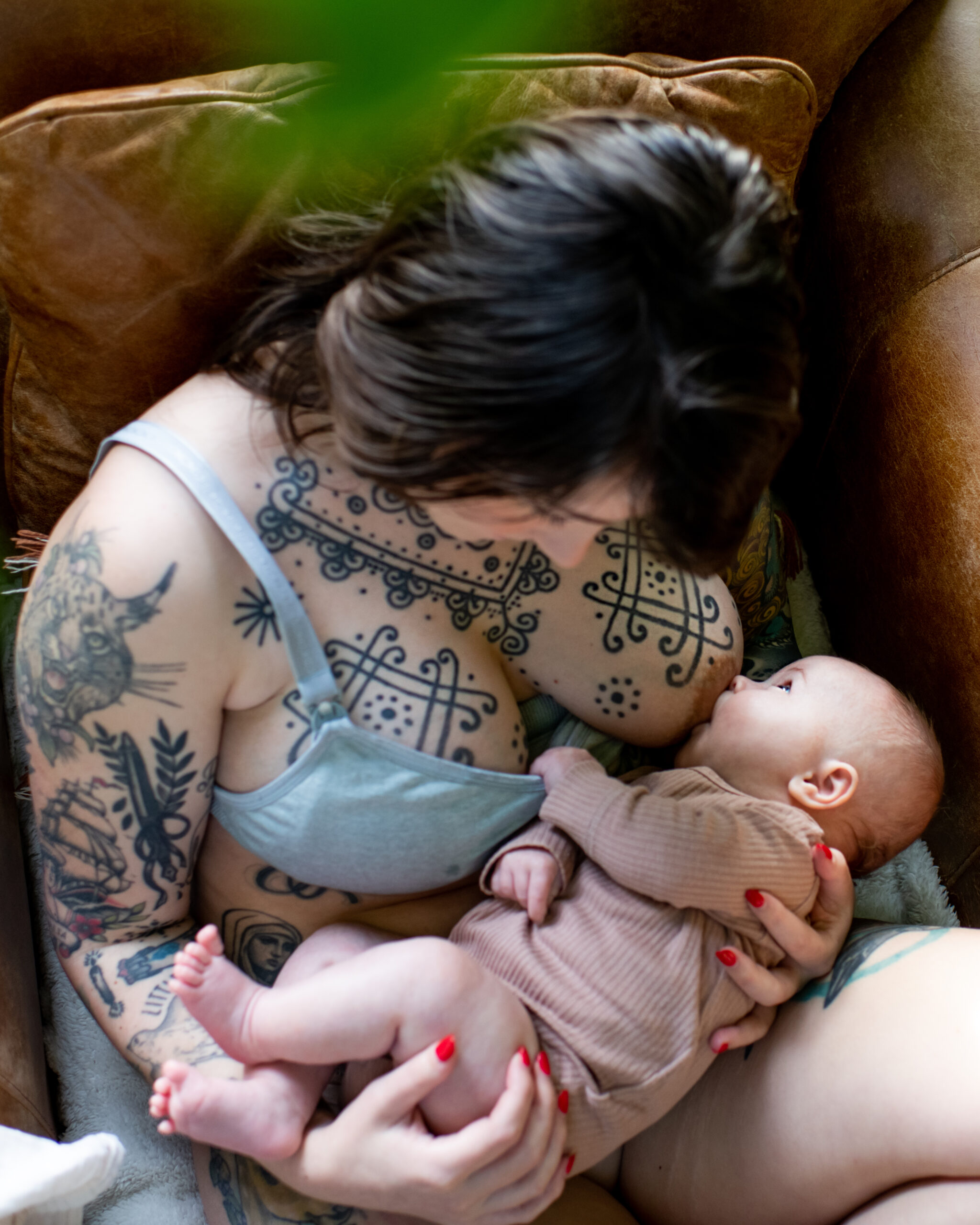We know how it goes: one moment your baby is a tiny newborn who’s totally dependent on you, and the next, they’re becoming more independent by the day!
Crawling is one of the first ways babies become mobile and able to explore the world around them. It’s an exciting and important development milestone.
To help you know when you can expect your little one to start crawling, let’s look into when most babies begin to crawl and discover some tips and techniques you can use to help them get moving.
What age do babies crawl?
Crawling is a skill that most babies learn once they’ve mastered the skill of sitting up on their own. And although no two babies are the same, many little ones start to crawl between six and 10 months of age.
Some babies skip the crawling stage altogether and go from solo-sitting straight into pulling themselves up, standing and walking – or toddling!
Remember that all children develop at their own unique pace, but if your baby isn’t showing signs of becoming mobile by 12 months of age or you’re worried about their coordination or development, you should seek advice from your health visitor or family doctor.
How do I know if my baby is ready to crawl?
Before your little one can crawl, they need to have developed lots of skills and strength to help them get moving. If you spot the following signs, make sure that you don’t leave your little one unattended unless they’re in a safe, baby-proofed space, because these can indicate that they’re close to being able to crawl on their own:
- They move their arms and legs and grab their feet when lying down
- They arch their neck and look around the room during supervised tummy time
- They can roll over onto their tummy when lying on their back
- They’re able to rock and push themselves backwards when they’re on all fours
How can I encourage my baby to crawl?
First things first, it’s important to remember that all babies are unique and will start to crawl, roll, or shuffle on their bottom when they’re ready. You can use gentle encouragement and the following pointers to help them in the right direction, but don’t put pressure on them – they’ll get there eventually!
- Tummy time: Keep practicing supervised tummy time when your baby is awake and alert right up until they can crawl. This helps strengthen their back, neck, and arms.
- Protect their knees: Dressing your little one in stretchy leggings or comfy pants will help to make crawling more comfortable and protect their knees from carpet burn or scratches. You can also place a soft or padded non-slip mat on the floor for your baby to lie on.
- Make space: Move the coffee table to one side and give your little one plenty of space to practice moving, rolling, and pushing themselves up.
- Use toys: You can encourage your little one to get moving by putting one of their favourite toys or soft teddies in front of them, but just out of their reach.
- Explore different surfaces: Letting your baby experience lying on various surfaces (like grass, hardwood floors, carpet, and rugs) will help them get familiar with their surroundings and build their confidence.
- Go barefoot: Letting your baby crawl with bare feet will help them grip onto surfaces. Socks can be slippy and there’s no real need for shoes at this stage. It also helps strengthen the arches of their feet and their little legs.
What to do when your baby starts crawling
Once your little one starts to crawl, you’ll be surprised at just how speedy they are. Reaching this exciting milestone means that it’s time to baby-proof your home. To make sure their surroundings are safe, you can…
- Remove hazards and breakable objects from their reach
- Set up stair gates (at the top and bottom) and let your little one practice climbing the stairs safely under your supervision
- Cover plug sockets and tidy away any loose cables
- Make sure that your TV and any heavy furniture are secured to the wall
- Keep the floor clear of small objects and choking hazards that they could put in their mouth
- Keep all chemicals, cosmetics, medicines, and cleaning products out of their reach
- Fit low cupboards and drawers with child-proof locks
- Remain aware of their movements at all times.
The different types of baby crawling
Now that we’ve covered when babies usually start to crawl and how you can help them learn, let’s look at the different styles of crawling. It turns out there’s more than one way to crawl! Which will your baby use?
- Bear: Think of the downward-facing dog pose you do in yoga – but mini! Baby waddles along on their hands and feet with their legs straight and their bottom high in the air.
- Bottom: Baby sits upright and scoots along on their bottom, using their legs to pull themselves forward.
- Classic: The one we’re all familiar with. Baby rests on their hands and knees and travels forward by alternating the opposite leg and arm.
- Commando: Otherwise known as the belly crawl, this technique involves your little one keeping their tummy and legs down on the floor and pulling themselves along using their arms.
- Crab: Using their arms to push, baby moves sideways or even backwards, just like a little crab.
- Leapfrog: Baby makes a bridge with their arms and legs, and then thrust themselves forward.
- Rolling: Baby rocks back and forward or even rolls on their side from A to B. After all, rolling is fun!
- Tripod: One leg takes a break while baby uses both of their arms and one knee to move forward.


